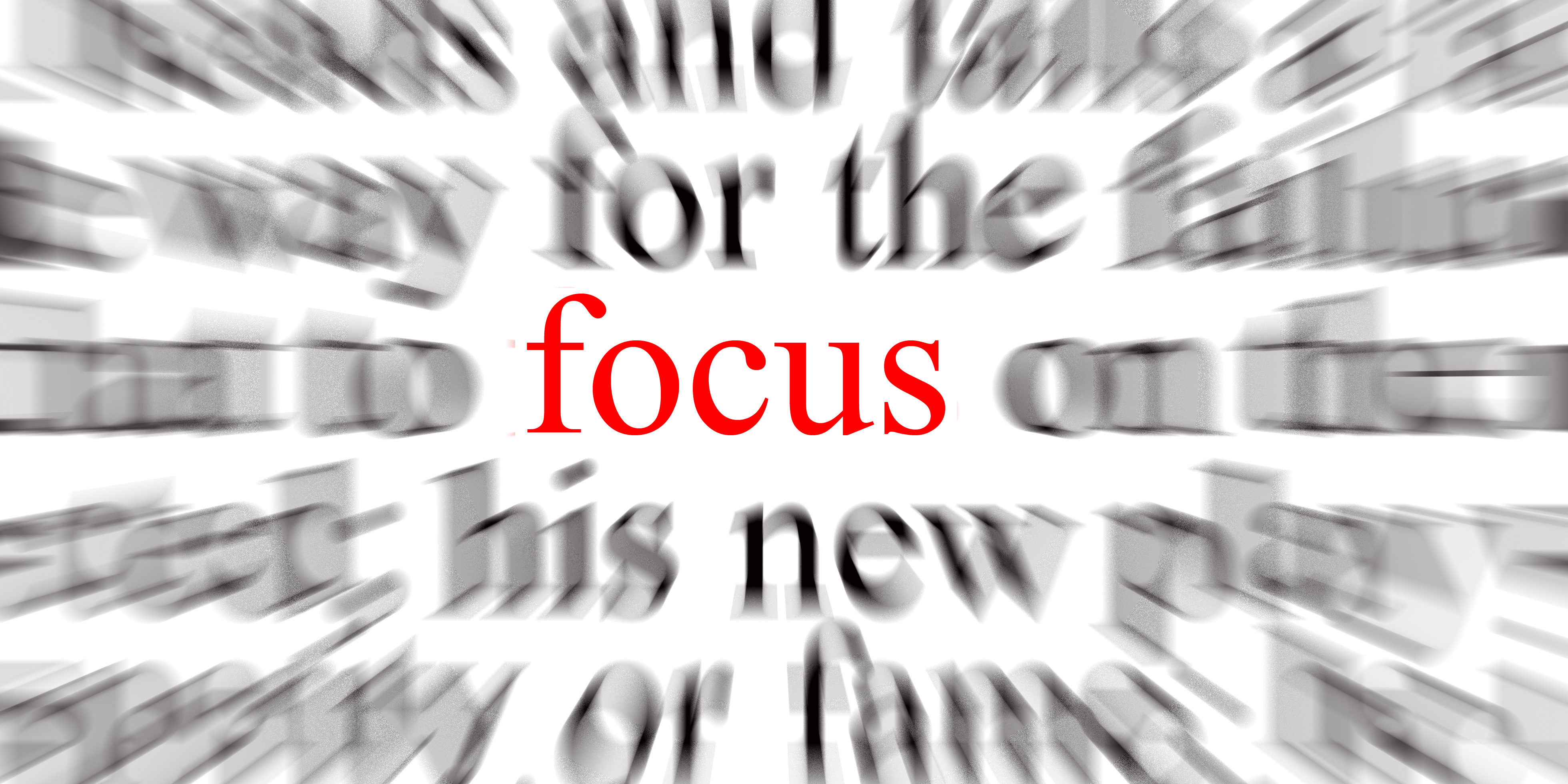Focal Points in Design
The dictionary defines a “focal point” as “the point at which all elements or aspects converge; center of activity or attention.” In design, it’s the point at which all of the rays converge, the principal focus of an image.
When creating an advertisement, brand, or a marketing strategy for your business, it’s important to think about the focal point of your design. The focal point reflects your main idea, the thing you most want your audience to see.
Whether creating brochures, signs, trade show displays, or posters, your focal point will determine where your viewers eye goes, so here are a few ways to make sure you get it right while you’re designing your materials.
Know Your Purpose
The goal of each design is different, and so the focal point will vary as well. Are you aiming to entertain? Is it your goal to sell a product? Are you advertising a promotion or sale? Are you attempting to inspire further interest in your company? These variables will determine the focal point of your design.
For example, if you are advertising a sale, you will want the word “sale” to be a focal point in your design, to catch the eye of the audience. You’ll use a different font, or perhaps just enlarge the word.
If you want people to be interested in your business, you may want to display something that sets it apart from other companies, something unique to you.
Whatever your purpose, it should guide the decisions you make about the focal point of your design.
Know Your Audience
Perhaps most importantly, you should know your audience, or customer base, well. Understanding those you are trying to reach will help you to better determine how to achieve the purpose you’ve set for your design.
For example, if you are advertising a gym to those who care most about getting a good deal, it won’t do you any good to focus on the quality of classes or equipment. Rather, you’ll want the focal point of your design to be the low cost for services. On the other hand, if money doesn’t matter to your audience, they’ll care more about what they’re getting than what they’re spending.
Use the Right Colors
The eye is naturally drawn to brighter, bolder colors, so a focal point in design will often stand out against a background of more mute, subdued colors.
Using our previous example, you could use a bright red color for your font if you are advertising a sale, and set it on a more neutral background to make the word stand out.
Use Images and Words Well
Just as colors can be used to create a focal point, images help to emphasize the main idea of your design. The rule of thumb with images should typically be that less is more. Minimalist, non-distracting images will be aesthetically pleasing and serve to highlight the main message of your design.
You wouldn’t want your audience to be confused by a busy image that keeps them from noticing the very thing your attempting to advertise or explain. Your images should support your design without consuming it.
Conversely, you don’t want to clutter your design with words that don’t matter. Too many words and your audience will simply pass by. This is especially important if you are designing building signage or trade show materials, which have mere seconds to catch a person’s attention.
Conclusion
No matter what your design, it’s critical to know your purpose and your audience before making decisions about colors, fonts, and images. When creating materials to market or advertise for your business, keep these tips in mind, and choose a high quality printer or graphic designer to help meet your needs and bring your vision to reality.




